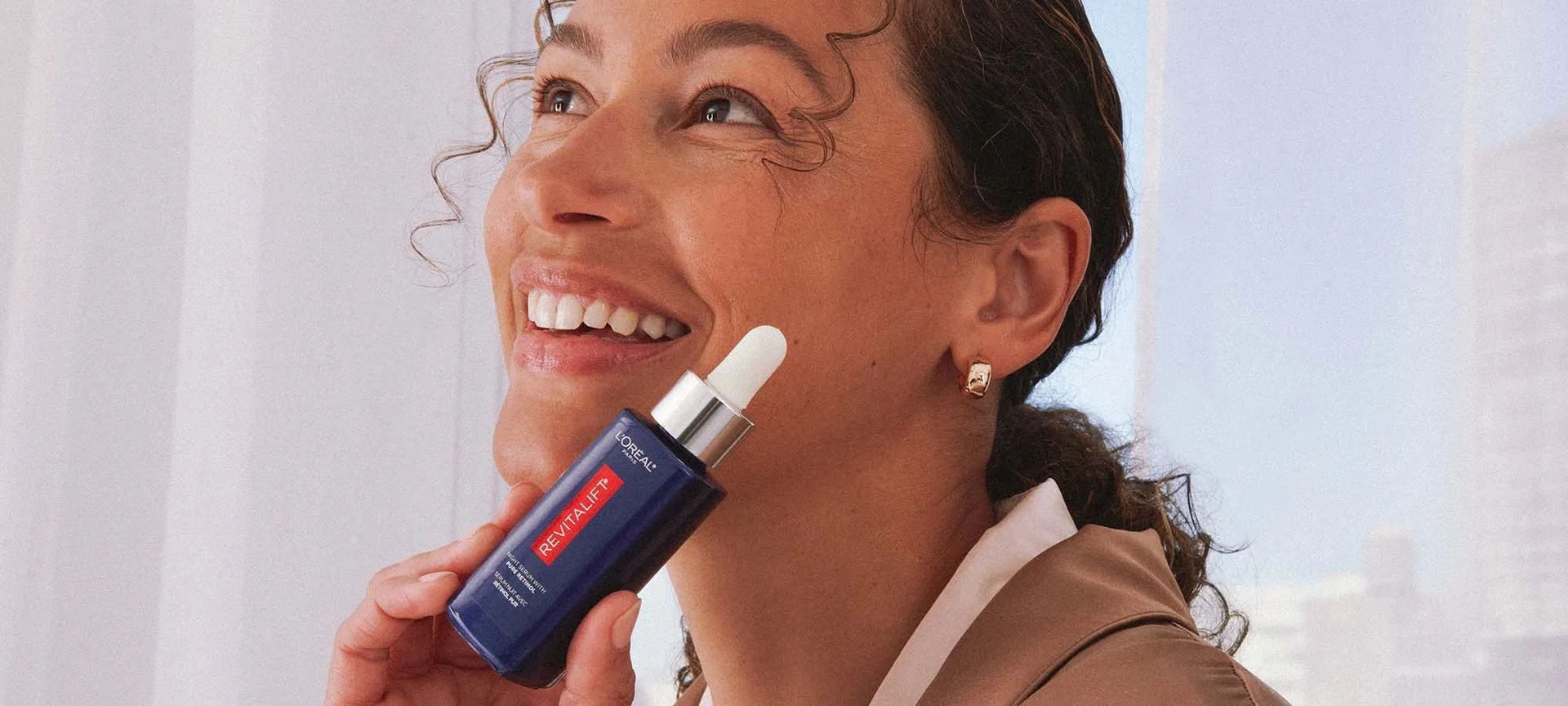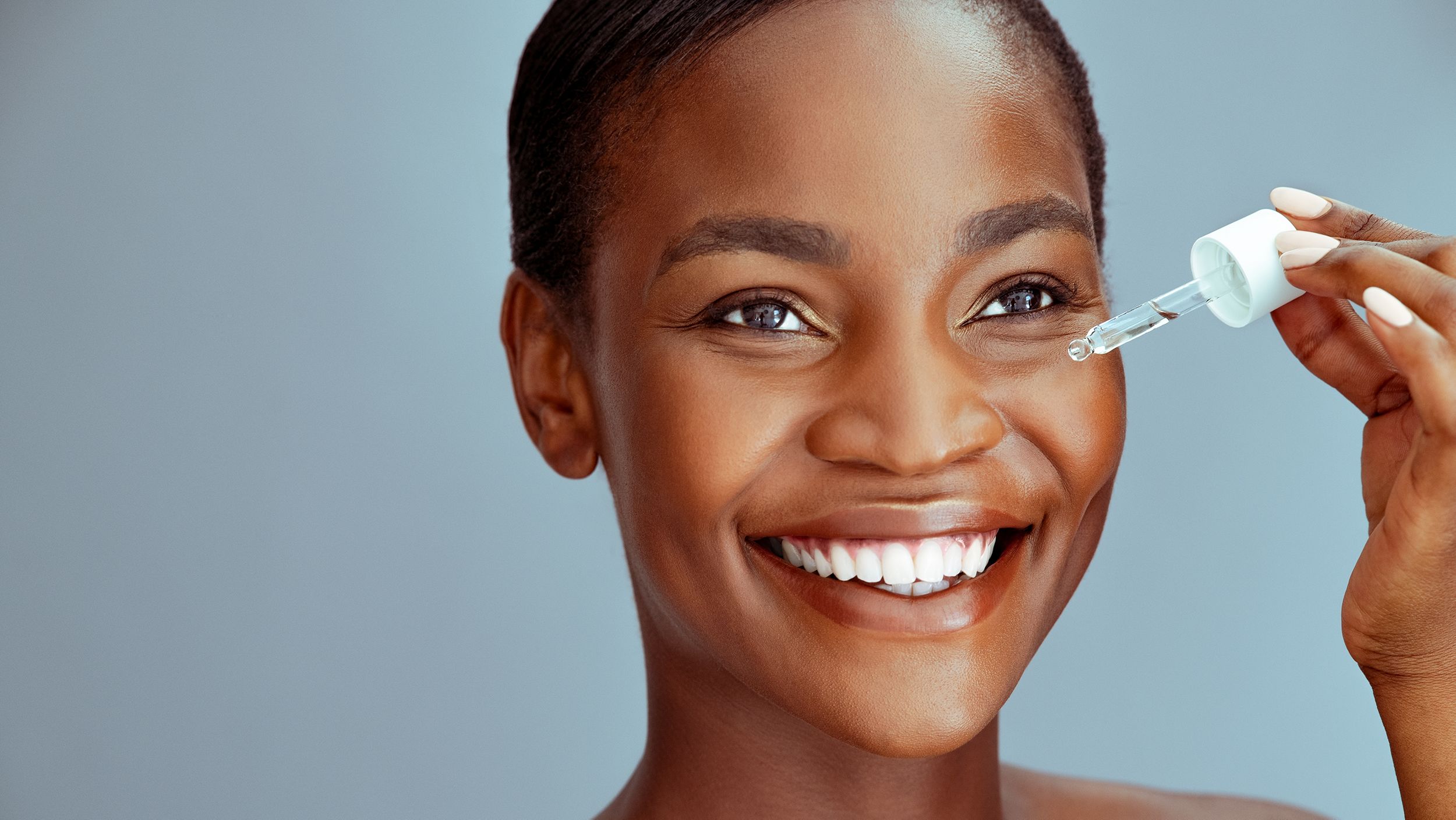Should You Moisturize After Using Retinol?

Retinol, a vitamin A derivative, is a skincare wonder known for its ability to reduce the appearance of fine lines, wrinkles, and uneven skin tone. It promotes skin cell turnover, which helps shed damaged skin cells and expose fresher, younger-looking skin. However, retinol is a strong ingredient that can cause dryness, redness, and peeling when initially added to your skincare routine. This is where hydration and moisturization come in.
Today, we'll discuss what to use after retinol in your skincare routine - and why you should use it every time. Let's get started.
Does Moisturizer come after Retinol?

source: google.com
Absolutely, yes! Moisturizer should be the last step in your skincare regimen, especially if you use retinols or retinoids. Here's why.
Moisturizers are designed to hydrate and retain moisture, forming a protective barrier on the skin's surface. This barrier not only prevents moisture loss but also protects your skin from environmental stresses.
When you use retinol, your skin may become more sensitive and dry. Applying a moisturizer shortly after helps to replenish lost moisture and alleviate any potential discomfort.
How Long Should I Wait to Apply Moisturizer After Retinol?
Ideally, wait until your retinol product has been completely absorbed before applying moisturizer. This normally takes between 20 and 30 minutes. Allowing the retinol to penetrate your skin first guarantees its efficacy. Applying moisturizer too soon may dilute the retinol's strength, limiting its effectiveness.
Is there ever a reason to use moisturizer before retinol?
While the general guideline is to use moisturizer after retinol, there are several exceptions. In some circumstances, especially if you have sensitive skin, using a moisturizer before applying retinol can be beneficial.
If you discover that taking retinol alone causes excessive dryness or irritation, a thin layer of moisturizer applied before the retinol can serve as a buffer. This can help limit the side effects while reaping the benefits.
Still having issues with retinol-related dryness?
If you follow all of these tips but still experience dryness and irritation with retinol and retinoid creams, you may have sensitive skin. In this scenario, we strongly recommend a light, botanical, natural retinoid such as our Retinoid Face Serum and Retinoid Eye Cream. We have created a Facial Moisturizer particularly for these two items to help you lessen the probability of redness and discomfort.
So, first and foremost, make sure you're using these products in the proper order. However, if you're still having difficulty with your retinol being too strong, give our Dermacosmetics line a try—we're sure
Why should you always pair a retinoid with a moisturizer?
Moisturizers should not be used just to treat dry skin. It should be added to your day and evening skincare routine. This should become second nature, much like brushing your teeth.
During the first month of using retinoids, the skin goes through a process known as retinization, which is an adjustment period in which your skin adapts to the retinoid treatment. To avoid dryness and irritation while applying your retinoid, always use a moisturizer.
During this process, the skin may become inflamed, leading in:
A burning or stinging sensation.
Dryness
Redness and scaling
The good news is that if you do develop these symptoms, they won't continue forever. Your skin will eventually adjust to the treatment, and the retinization process will become less frequent.
According to one study, applying a moderate moisturizing cream can significantly reduce skin irritation.
Skin Dryness
Roughness
Skin peels and sheds.
Long-term usage of a moisturizer may help slow photoaging. Regardless of your skin type or which product you use first, always apply a layer of moisturizer after using retinoids.
Skincare Product Layering.
Taking good care of your skin demands persistence and patience. You undoubtedly already know that skipping a step in your skincare routine will not produce the desired effects. This is no different than other retinoids.
Applying your serums and moisturizers in the proper order can yield better benefits. Before we get into the intricacies of when to apply retinoid, let's go over four product layering rules:
Move from light to heavy. You should progress from thinnest to thickest texture items. This means that you'd start with watery products like toners and serums (similar to retinoids), then go on to moisturizing creams, lotions, and oils.
